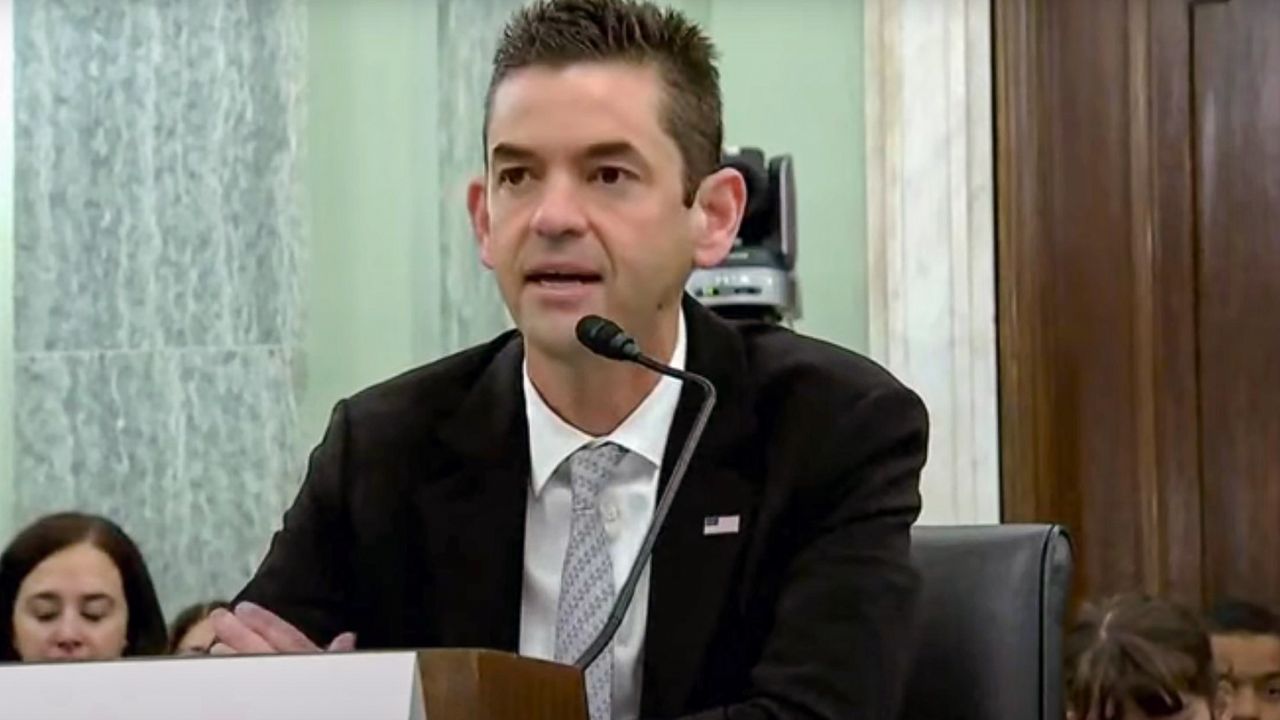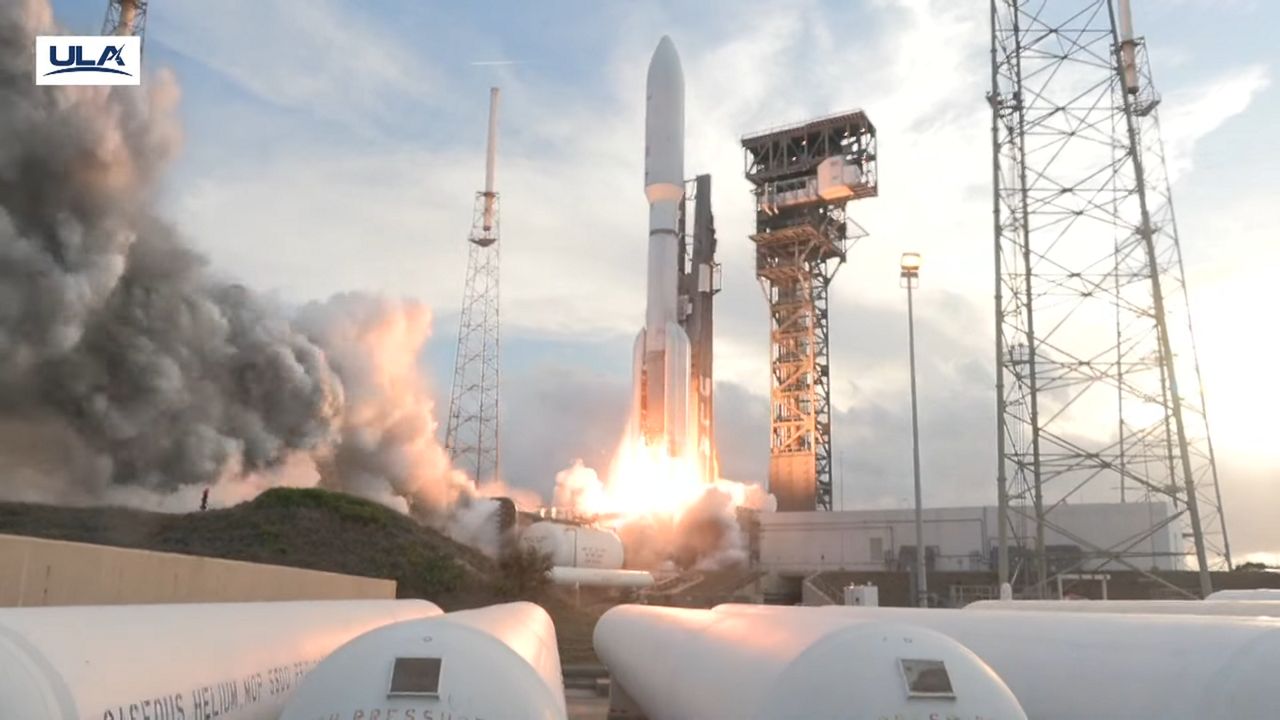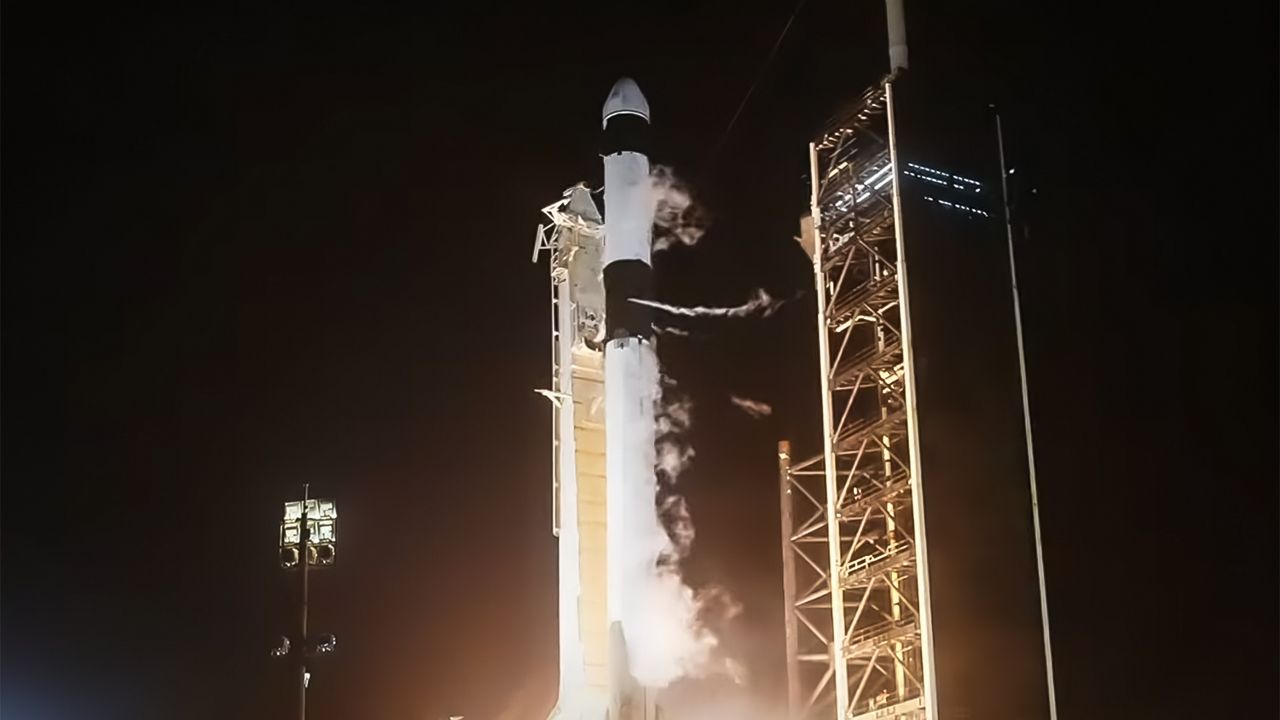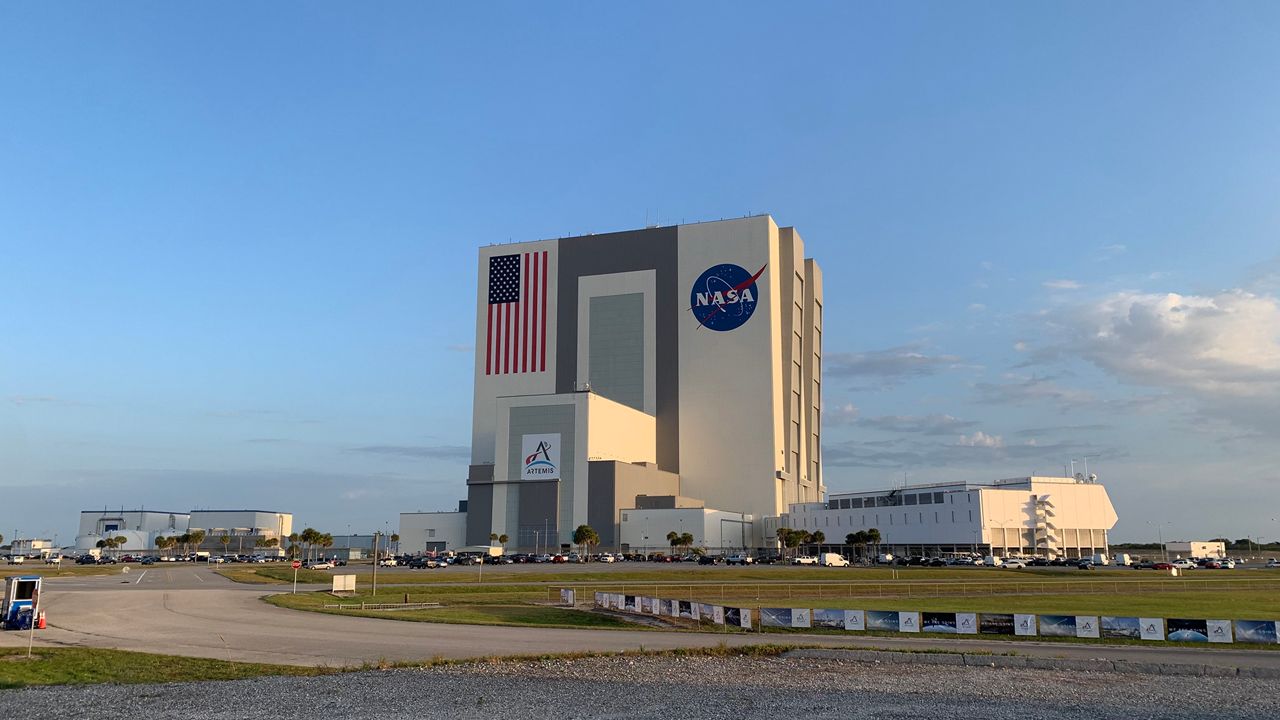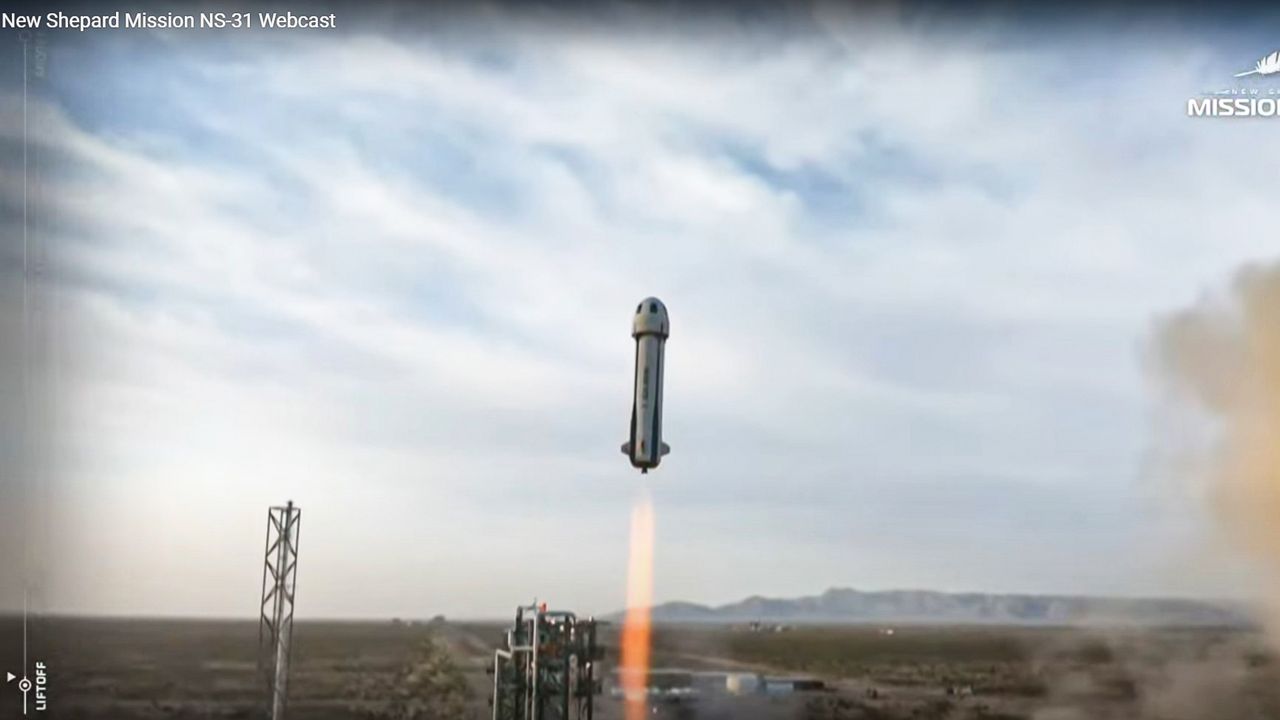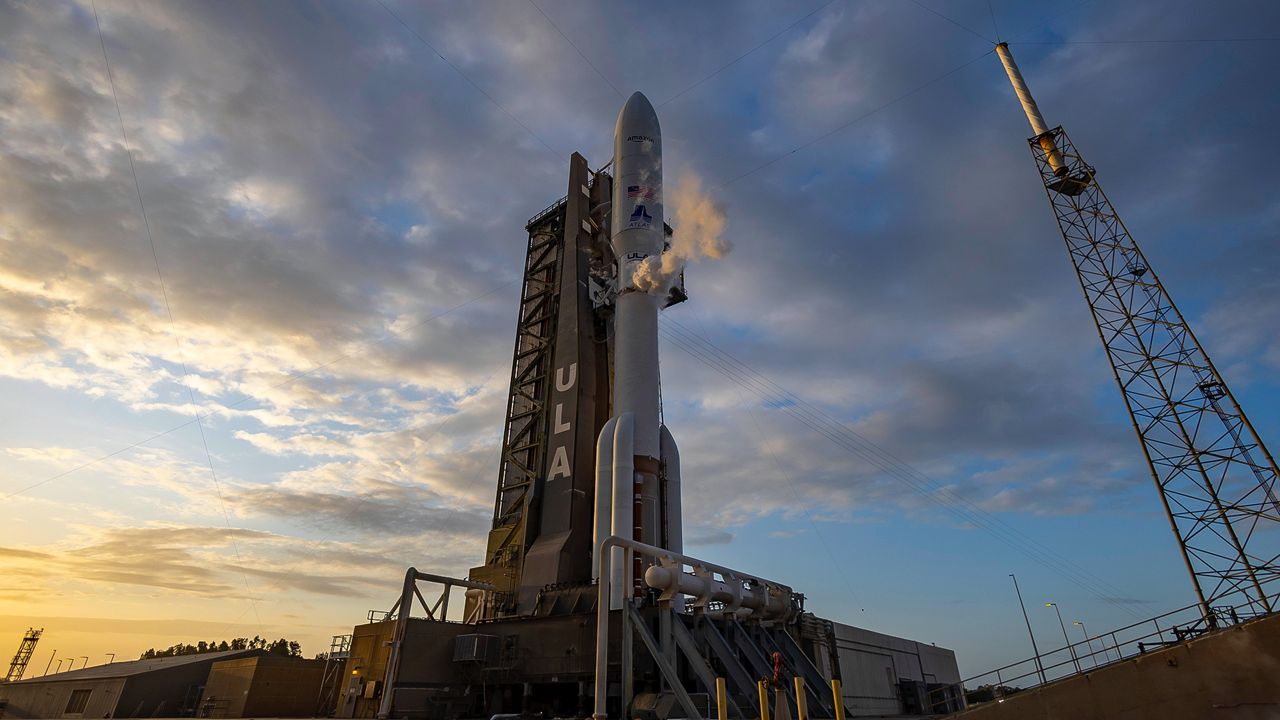CAPE CANAVERAL SPACE FORCE STATION, Fla. — A slew of satellites and a capsule were launched on the Bandwagon-3 on Monday night for a rare double-launch day for SpaceX.
What You Need To Know
- There is a heap of stuff that is jumping on the Bandwagon-3 mission
- Besides satellites, a capsule for experiments will be launched and come back in a splashdown
SpaceX’s Falcon 9 rocket sent the Bandwagon-3 mission into orbit after take off from Space Launch Complex 40 at Cape Canaveral Space Force Station, the California-based company stated.
The launch was set for 8:48 p.m. ET.
The 45th Weather Squadron had given a 95% chance of good liftoff conditions with the only concern being the cumulus cloud rule.
Monday was a rare double-launch day for SpaceX. Early Monday morning, it launched its 32nd resupply mission for NASA to the International Space Station.
Third time’s a charm
This was this Falcon’s first-stage booster’s third mission. The wet-behind-the-ears B1092 booster has only two launches under its belt.
It should be landing at Landing Zone 2 at Cape Canaveral Space Force Station, so be prepared for a sonic boom.
Falcon 9’s first stage has landed on Landing Zone 2 pic.twitter.com/gsYNbOQBeE
— SpaceX (@SpaceX) April 22, 2025
About the mission
There is a heap of stuff that is jumping on the Bandwagon-3 mission. This type of mission is called a rideshare mission because different companies have their own satellites and a capsule onboard.
First up, the Korean Agency for Defense and Development will have its 425 Sat-3 satellites launched into space. Not much is known about them, except that the Korea 425 Project series of satellites are used for reconnaissance.
The series has been launched previously and were developed by Thales Alenia Space, Korean Aerospace Industries and Hanwha Systems Corporation.
The Tomorrow Companies Inc.’s Tomorrow-S7 satellite is also onboard. Not much is known about the satellite, but it is speculated that it will be part of the company’s weather-related data missions.
The third payload is from the German-based company Atmos Space Cargo, which will see its PHOENIX re-entry capsule not just get launched but also make a splashdown.
“The new flight path will have PHOENIX 1 initiate its de-orbit path over Los Angeles, CA, crossing over Colombia, and continuing over Cuiabá in central Brazil. Following this path, our vehicle will fly over South America before reentering Earth’s atmosphere at the EIP (Entry Interface Point), and shortly thereafter splashing down approximately 2,000 km (1,243 miles) off the coast of Brazil in the Atlantic Ocean,” the company stated.
The PHOENIX has an inflatable heat shield technology, and it is designed to launch various experiments like stem cells and protein crystallizations into space and return to Earth.
“The solution is to provide a return service tailored specifically for life sciences, which is highly affordable, reliable, with regular flights and short lead times,” Atmos Space Cargo explained.
ATMOS is going to space! Our PHOENIX re-entry capsule received FAA approval and is set to fly on @SpaceX #Bandwagon3 rideshare mission NET April 2025.
— ATMOS Space Cargo (@AtmosSpaceCargo) February 5, 2025
On this test flight, ATMOS will become the first private entity in European history to attempt space re-entry, while setting a… pic.twitter.com/w3Fai6HXGx




